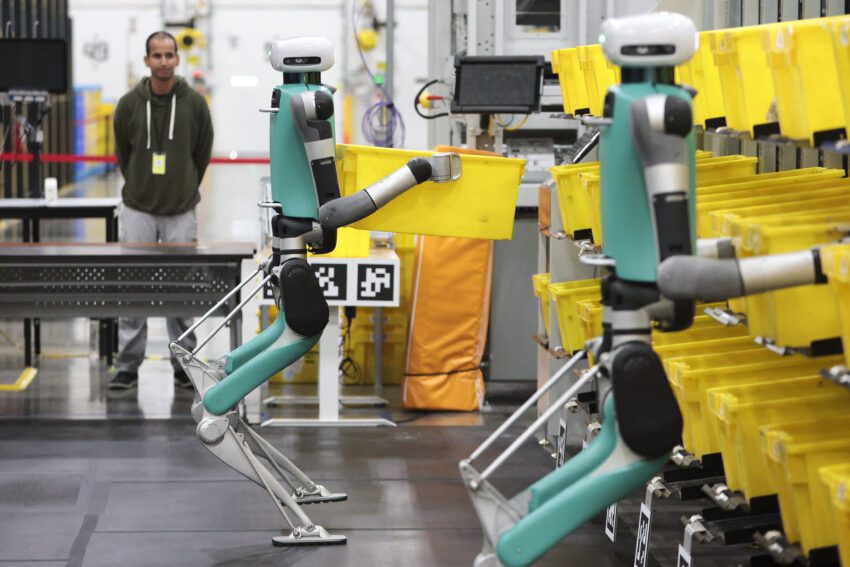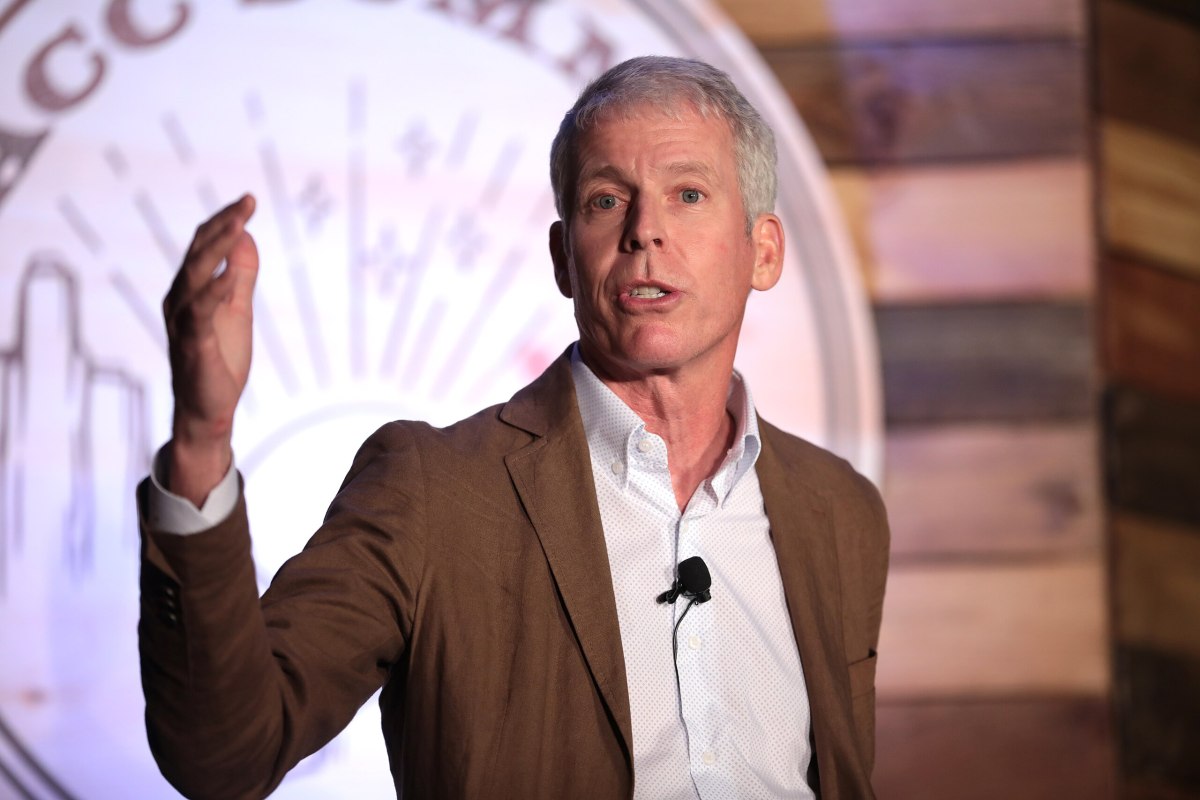
amazon hopes to replace 600 000 us Amazon is reportedly planning to implement automation strategies that could replace over 600,000 jobs in the United States by 2033, according to leaked internal documents.
amazon hopes to replace 600 000 us
Overview of Amazon’s Automation Plans
Amazon has made significant strides in integrating robotics into its operations, deploying over a million robots across its facilities. The company is now testing advanced bipedal robots, such as Agility Robotics’ “Digit,” which are designed to enhance efficiency in various tasks. These developments are part of a broader strategy aimed at automating a substantial portion of its workforce.
According to a report by The New York Times, Amazon’s internal strategy documents indicate that the company aims to automate 75 percent of its operations. This ambitious plan is expected to lead to the elimination of approximately 160,000 U.S. jobs by 2027 alone. The implications of this strategy are profound, as it could fundamentally alter the landscape of employment within the retail and logistics sectors.
Financial Implications of Automation
The financial motivations behind Amazon’s automation strategy are significant. By reducing its workforce, the company estimates that it could save roughly 30 cents on every item it warehouses and delivers to customers. This cost-saving measure is projected to result in a staggering $12.6 billion in savings from 2025 to 2027. Such savings could enhance Amazon’s competitive edge in the e-commerce market, allowing the company to offer lower prices or invest further in technological advancements.
As Amazon continues to expand its market share, the reliance on automation could serve as a double-edged sword. While the company may benefit financially, the societal implications of displacing a large number of workers cannot be overlooked. The potential for job losses raises questions about the future of work and the responsibilities of corporations in managing such transitions.
Corporate Image and Community Engagement
In anticipation of potential backlash regarding job losses, Amazon is reportedly considering strategies to improve its image as a “good corporate citizen.” The New York Times reports that the company has explored participating in community projects and initiatives aimed at mitigating the negative perception associated with automation. This proactive approach suggests that Amazon is aware of the public sentiment surrounding job displacement and is attempting to address it head-on.
Interestingly, the company has also considered avoiding terms like “automation” and “AI” in favor of more vague phrases such as “advanced technology.” This linguistic shift appears to be a strategic move to soften the impact of its automation plans on public perception. Additionally, the term “cobot” has been proposed to describe robots that work alongside humans, further emphasizing a collaborative approach rather than a purely replacement-focused narrative.
Stakeholder Reactions
The potential for widespread job displacement has elicited varied reactions from stakeholders, including economists, labor advocates, and the general public. Daron Acemoglu, a Nobel Prize-winning economist, expressed concern over Amazon’s automation goals. He stated, “Nobody else has the same incentive as Amazon to find the way to automate. Once they work out how to do this profitably, it will spread to others, too.” Acemoglu’s remarks highlight the broader implications of Amazon’s actions, suggesting that if the company successfully implements its automation strategy, it could set a precedent for other businesses to follow suit.
Moreover, Acemoglu warned that if Amazon achieves its automation objectives, it could transform from one of the largest job creators in the United States into a net job destroyer. This shift could have far-reaching consequences for the economy, particularly in regions heavily reliant on Amazon for employment.
Broader Context of Automation in the Workforce
The conversation surrounding automation is not new; however, the scale and speed at which companies like Amazon are adopting these technologies have intensified the debate. The rise of robotics and artificial intelligence has prompted discussions about the future of work, job security, and the role of technology in society. As automation becomes increasingly prevalent, it raises critical questions about how to balance technological advancement with the need for sustainable employment.
Historically, technological advancements have led to job displacement in various sectors. The Industrial Revolution, for instance, saw a significant transformation in labor dynamics, with machines replacing manual labor in many industries. However, it also created new job opportunities and industries that did not previously exist. The challenge today lies in ensuring that the transition to an automated workforce does not disproportionately impact workers, especially those in low-skill jobs.
Potential Solutions and Mitigation Strategies
As the automation landscape evolves, various stakeholders are exploring potential solutions to mitigate the impact of job losses. One approach involves investing in retraining and upskilling programs for displaced workers. By equipping individuals with the skills needed for emerging job opportunities, companies can help facilitate a smoother transition into the workforce of the future.
Additionally, policymakers may need to consider implementing safety nets for workers affected by automation. This could include expanded unemployment benefits, job placement services, and support for entrepreneurship. By creating a comprehensive framework to address the challenges posed by automation, society can work towards a more equitable future.
Conclusion
Amazon’s ambitious automation plans, as revealed in leaked documents, signal a significant shift in the company’s operational strategy. The potential to replace over 600,000 jobs in the United States raises critical questions about the future of work and the responsibilities of corporations in managing technological transitions. While the financial benefits of automation are clear, the societal implications cannot be overlooked.
As the conversation surrounding automation continues to evolve, it is essential for stakeholders to engage in meaningful dialogue about the future of work. By prioritizing retraining, upskilling, and support for displaced workers, society can navigate the challenges posed by automation while ensuring that technological advancements benefit everyone.
Source: Original report
Was this helpful?
Last Modified: October 21, 2025 at 4:35 pm
3 views















